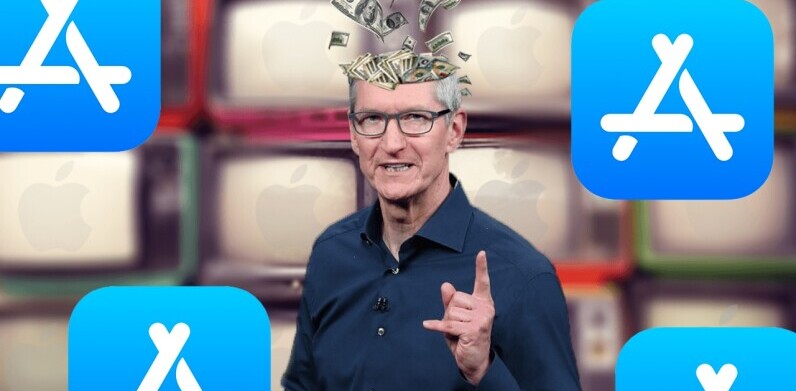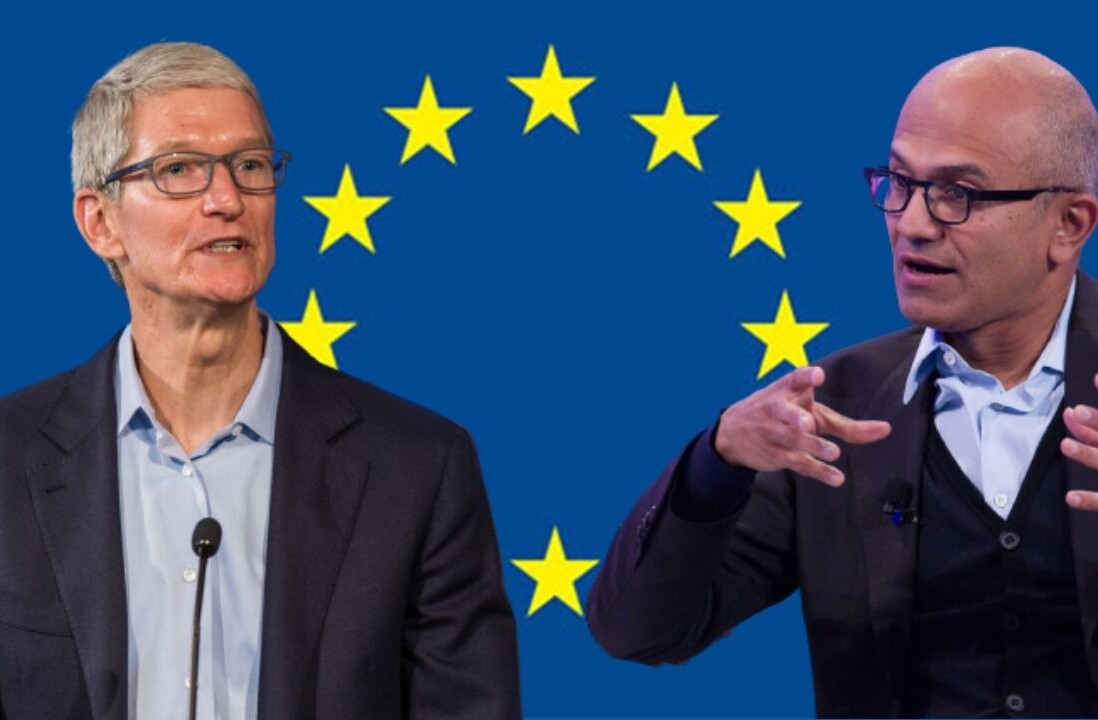
When I was growing up, I didn’t have a television. I read books instead. A lot of books. But I never felt left out of TV, because as I read, the book would disappear and the pictures would come alive in my mind in full living color.
Eventually, I would discover computers…about the time that screens changed from amber and green on black to white on black. There was nothing about the displays on these machines that held a candle to reading a book and exploring worlds in my head, though they did tickle those same centers with early text adventures like Zork.
There has been a lot of talk about the Retina display on Apple’s new MacBook Pro that could easily be considered hyperbole. Unfortunately, I’m going to have to lay a bit more on you here. The experience of using the new Retina display has come the closest to replicating the images I saw in my head reading books since the moment I started looking at a computer instead.
Since I ended up reviewing the 15″ Retina MacBook Pro weeks after all of the major reviews had already hit, I felt a bit more relaxed than I normally was about speccing, benchmarking and furiously capturing thoughts in order to get a piece out. It’s led to a more relaxed approach in using the thing and given me time to just absorb it a bit.
There are a lot of impressive technical details at work here. It’s an incredibly powerful machine that shows signs of being a full-on desktop replacement for all but the most demanding users. It’s incredibly thin and light when compared to my last Pro, a late 2007 15″ model. There are all sorts of cool details like the asymmetrical fans and the low-profile bezel. But the marquee attraction is the Retina display.
The first time you turn it on and boot up OS X, the picture hits you with a palpable, almost physical presence.
It’s sharp, really, really sharp. And the color accuracy and reproduction is off the charts. There’s never been a display like it, including Apple’s own iPad and iPhone displays. It seems silly, given that the MBP’s display is actually lower PPI than the iPhone, but due to viewing distance and whatever technical advances Apple has made since, it’s a lot, lot better than the mobile devices.
But, very much like the new iPad’s display, the biggest trick with a screen like this is that it quickly feels completely normal. Then it moves past normal into invisible. Because the screen is — quite literally — as detailed as your eyes can perceive, it fades away after a few hours of use. You’re only reminded of it when you come across a non-Retina asset in an app or a page that renders poorly on the web in high-resolution.
In some ways, this is the same trick that Apple played with the new iPad, it’s making its technology more and more invisible.
The less ‘in your face’ technology is, the more human friendly it is and the more natural it feels. If you can remove elements that throw up barriers and constant reminders that you’re using a screen then you can make the whole experience more enjoyable. That’s what the MacBook Airs are about as well. It’s boiling down the computer to the essential items necessary for users: A keyboard, a touchpad and a screen, that’s it. The closer a laptop gets to eliminating everything else from the equation, the better it will be to use.
Because the iPad is a touch device, it doesn’t need any of that, so Apple works to pinch away everything else that doesn’t matter, like it did when it pulled the metal trim away behind the display in between the iPad 1 and 2.
The MacBook Pro, because of its internals, still features a lot of extra space around the keyboard and touchpad, but the new screen design does away with almost all of the external trimming around the edge of the screen, pushing it forward in your perception and allowing it to fade away.
Future versions of the Pro models will likely keep trimming in thickness and internal component size to facilitate that ‘invisibility’.
The display pushes the boundaries of what those components can accomplish, especially the graphics cards. The device I tested was the 2.3 GHz/8GB model and it performed intense applications extremely well, but still showed some slight scrolling and window movement lag now and then that I have to attribute to the graphics processor being taxed a bit by the sheer number of pixels being pushed here.

But it was extremely minor and when using fully Retina-ready and graphically intense applications like SketchBook Pro 6, I never felt that I was being impeded by the lag.
SketchBook Pro is an interesting case study in the Retina display actually. I’m a long-time sketcher and dabbler artist with a collection of Wacom tablets I don’t use nearly enough. But I do pick them up and play to keep my skills up. Sketching on the Retina display is incomparable to any other display I’ve used. The crisp precision of the screen lets me work with less zooming because it renders details accurately even at standard view sizes. It also gives me a better idea of how the piece is turning out without printing or scooting around at a higher mag.
It’s stunning how much it affects everything you do. Less eye strain from reading small text. Smaller font sizes are easily readable so you can fit more text on the screen at once. Images are easier to retouch for photographers too, for many of the same reasons.
And after a while, you simply forget all of that. The screen stops being something you’re wowed over and something that you take for granted, like any other physical object.
This kind of ‘invisible computing’ is what Apple has been pushing for over the years since the iPhone was introduced as an ‘information appliance’. A lot of design choices are made with regards to functionality, but the overall goal is to remove anything unnecessary…and noticing that you’re looking at a screen is an enormous barrier to remove.
Innovation
Which brings us to a relatively hot-button topic. The question, some say, is whether Apple is an inventor at all. Does it create, or simply shuffle existing technology together into consumer-friendly combinations until it has a winner?
It’s hard to be convinced about Apple’s lack of invention when you see the patents that pour out of Cupertino on a weekly basis. Some of those are for ‘protection’ sure, but there are wildly varied bits of thinking going on behind the scenes about virtual reality, heads up displays, 3D technology and all kinds of other stuff. The U.S. Patent office even put up an exhibit that showed off 317 patents that were registered to founder Steve Jobs. Apple is not a company to sit back and let other people create technology in areas where it thinks it can deliver a superior experience.
Innovation, however, isn’t quite invention. It can be defined as the introduction of a new idea, one that pushes things forward. And Apple has certainly done its fair share of that over the last decade.
I’m sure you’re familiar, by now, with the images of phones before and after the iPhone. Apple’s lawyers have been using them to win patent cases, but that’s not all that interesting in the bigger picture. What it does tell us, though, is that Apple pushed the industry forward in a big way by developing and producing the iPhone.
There were touch-screen phones before the iPhone, but you can’t deny that almost every successful smartphone has taken on its basic form.
Who copied who isn’t a big issue here, that’s for the lawyers to decide. But the iPhone caused a cascade effect that pushed other manufacturers to produce multitouch devices and spurred Google to accelerate Android’s development in order to provide a viable alternative to iOS as a platform, which it did. Setting aside copying vs. inspiration or any of the other arguments between tech giants, Apple pushed the industry forward hard with the iPhone, period.
And the same thing is now happening with the Retina display. Apple was the first company to hammer it into a shape that could be produced cheap enough and in enough volume to get it into consumers hands, not just for thousands of dollars but for a couple hundred bucks, right in the palm of your hand. Given where display technology was just a few years ago, that’s insane.
Now, Retina-quality displays are showing up in other manufacturer’s devices. Both the Amazon Kindle Fire and the Nokia Lumia 920 have displays that could be classified as Retina, and that’s a fantastic thing. That’s two other platforms that now feature some of the best displays that you can buy. That would have happened at some point, perhaps.
Apple didn’t invent the Retina display, but it did push the industry into adopting HiDPI displays far faster than it would have otherwise. Once Apple began shipping them, there was no question that other manufacturers would have to push to follow suit.
The same is true of the Retina MacBook Pro. For the third time in 3 years Apple has a mass-market consumer electronics device with the best screen in its class.
That status won’t last long, as Apple will ship it in other MacBooks and competitors will then begin shipping it in their laptops, because they have to. Once you see the quality of the MacBook Pro’s screen, there’s really no going back. The other manufacturers will have to find a way to produce similar displays and ship them in their own computers.
The innovation we’re seeing in Retina displays is a technical one on the part of the panel manufacturers like LG Philips. But it’s also a bigger picture bit of innovation by Apple in management of its supply stream and its costs.
If Apple hadn’t pushed hard to deliver Retina displays when it did, we’d still be waiting for them in mobile and likely wouldn’t be seeing laptops with these displays for even longer. As it stands, Apple’s rivals could take up to two years to catch up, but they wouldn’t be trying nearly as hard to do that if Apple hadn’t gotten there first.
People come down hard on Apple for mixing components together in new and interesting ways, which is undoubtedly true. Whether that is a simple or easy procedure…well, you only have to look at how closely many devices mimic Apple to see that it might not be as simple as it sounds.
But at the same time, most people also ignore that Apple is pushing the industry forward in major ways that make all computing devices better, not just its own. The Retina display is a prime example of this, but there are others like cameraphone quality pervasive and easy to use video calling.
To say that Apple takes technology that already exists and produces its own unique brand of products (which may not be for everyone) is totally fair. But to say that this means that it doesn’t innovate is narrow-sighted and silly. If you step back and look at the bigger picture you’ll see differently.
In some ways, we’ve all caught the wave of Apple’s wake, regardless of what kind of device we use. And that’s innovative.
Get the TNW newsletter
Get the most important tech news in your inbox each week.







